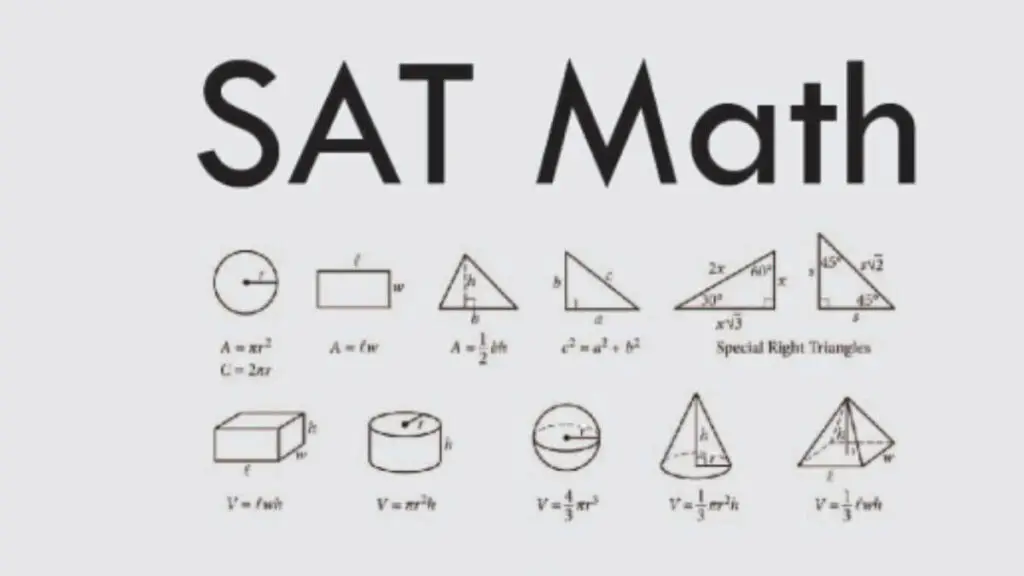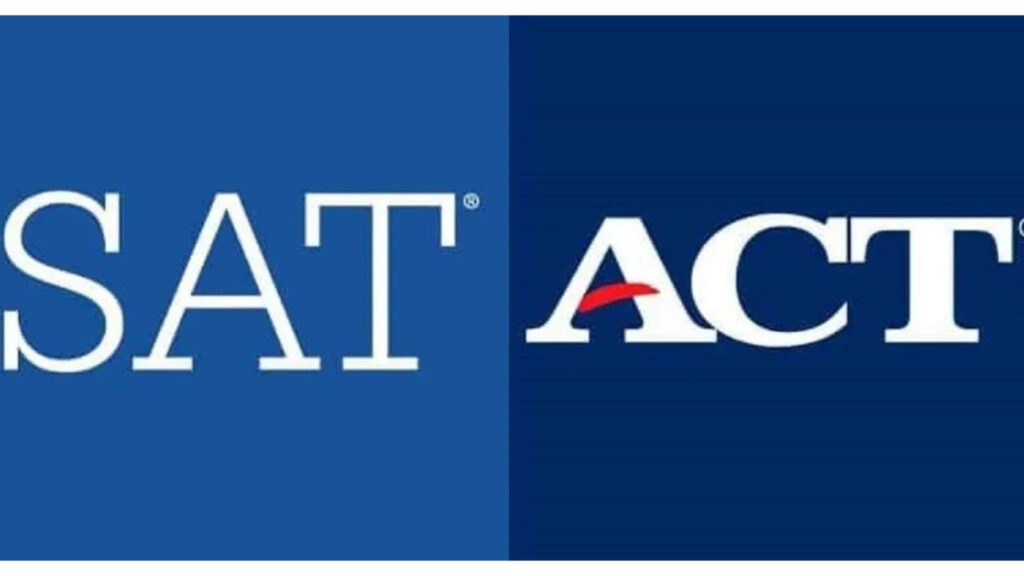SAT Mathematics: Comprehensive Overview
The SAT Mathematics section tests mathematical reasoning, problem-solving skills, and the ability to apply mathematical concepts to real-world scenarios. It assesses knowledge of algebra, geometry, statistics, and data analysis, emphasizing practical applications. Below is an in-depth guide to SAT Mathematics.
Table of Contents
Understanding the SAT Mathematics section is crucial for students aiming for competitive college admissions. It not only tests mathematical skills but also evaluates one’s analytical thinking and problem-solving abilities. As you prepare for this section, it’s important to familiarize yourself with the types of questions and the mathematical concepts that frequently appear on the test.
The transition to a digital format has transformed the SAT experience. Students can now expect a more interactive interface with improved accessibility features. This change not only allows for a more streamlined testing experience but also incorporates various resources that can assist in problem-solving during the exam.
Preparation for the SAT Mathematics section can take many forms. Students can use a variety of study materials, including textbooks, online resources, and practice tests available through the College Board and other educational platforms. Engaging in group study sessions can also provide valuable insights and strengthen understanding through discussion.
The SAT has transitioned to a digital format, introducing changes to its structure and content, particularly in the Mathematics section. Here’s an updated overview to help you navigate the digital SAT Math section effectively.
Each module in the SAT Mathematics section is designed to progressively evaluate the student’s understanding of mathematical concepts. The first module serves as a baseline, while the second module’s difficulty hinges on the student’s performance in the first. This adaptive testing approach ensures that the exam accurately reflects each student’s capabilities.
Moreover, utilizing online forums and study groups can provide additional support. Engaging with peers facing similar challenges can motivate individuals to stay focused and committed to their study schedules. Sharing resources and strategies can also lead to a deeper understanding of complex mathematical concepts.
Structure
The digital SAT Math section is divided into two modules:
- Module 1
- Duration: 35 minutes
- Number of Questions: 22
- Question Types: Approximately 75% multiple-choice and 25% student-produced responses (also known as grid-in questions).
- Module 2
- Duration: 35 minutes
- Number of Questions: 22
- Question Types: Similar distribution as Module 1.
Total:
- Questions: 44
- Time: 70 minutes
The test employs a multistage adaptive testing (MST) format. Your performance in Module 1 determines the difficulty level of Module 2. Excelling in the first module is crucial for accessing higher-scoring opportunities in the second.
Syllabus
The digital SAT Math section covers four primary content areas:
- Algebra (~35%)
- Linear equations and inequalities in one or two variables.
- Systems of linear equations.
- Linear functions and their properties.
- Advanced Math (~35%)
- Nonlinear equations, including quadratic, polynomial, exponential, rational, and radical equations.
- Nonlinear functions and their characteristics.
- Problem Solving and Data Analysis (~15%)
- Ratios, rates, proportions, and percentages.
- Interpretation and analysis of data from tables, graphs, and charts.
- Understanding distributions, measures of center, spread, probability, and statistical inferences.
- Geometry and Trigonometry (~15%)
- Area and volume calculations.
- Properties of lines, angles, triangles, and circles.
- Right triangle trigonometry and the unit circle.
Question Types
- Multiple-Choice Questions: Select the correct answer from four options.
- Student-Produced Responses (Grid-In): Provide your answer without answer choices; enter numerical responses directly.
Approximately 30% of the questions are contextual, requiring the application of mathematical skills to real-world scenarios, including science and social studies contexts.
Sample Questions
Algebra
Example: Solve for xxx: 2x+3=112x + 3 = 112x+3=11.
Advanced Math
Example: If f(x)=x2−4x+4f(x) = x^2 – 4x + 4f(x)=x2−4x+4, what is the value of f(3)f(3)f(3)?
Problem Solving and Data Analysis
Example: A survey shows that 60% of respondents prefer product A over product B. If 150 people were surveyed, how many preferred product A?
For students preparing for the SAT Mathematics section, focusing on time management techniques can make a significant difference. Practicing under timed conditions can help build speed and accuracy, allowing students to become comfortable with the pacing required on test day.
Geometry and Trigonometry
In addition to practicing specific math problems, students should take advantage of full-length practice tests to simulate the actual testing experience. This can help reduce anxiety and improve overall confidence when encountering the various sections of the SAT.
Above all, maintaining a positive mindset and staying motivated throughout the preparation process is key. Strategies like setting achievable goals, tracking progress, and rewarding oneself for milestones can help keep students engaged and focused on their studies.
Example: In a right triangle, if one angle is 30 degrees and the hypotenuse is 10 units, what is the length of the side opposite the 30-degree angle?
Key Features
- Calculator Use: A calculator is permitted throughout the entire Math section. You can use the built-in digital calculator or bring an approved external calculator.
- Question Order: Within each module, questions are generally arranged from easier to more difficult, allowing you to build confidence as you progress.
Preparation Tips
- Understand the Format: Familiarize yourself with the digital interface and the adaptive nature of the test.
- Practice Regularly: Engage with a variety of practice questions to strengthen your skills across all content areas.
- Focus on Weak Areas: Identify and improve upon topics where you face challenges.
- Develop Test-Taking Strategies: Learn time management techniques and approaches to different question types.
- Utilize Official Resources: Access materials from the College Board and reputable educational platforms for accurate practice content.
By understanding the structure and content of the digital SAT Math section, and by implementing effective preparation strategies, you can enhance your performance and achieve your desired score.
SAT Mathematics sample questions




